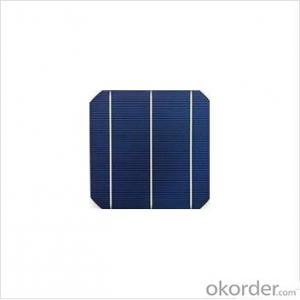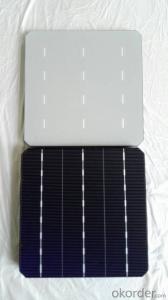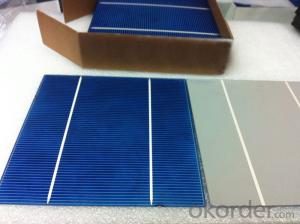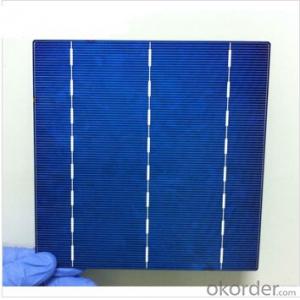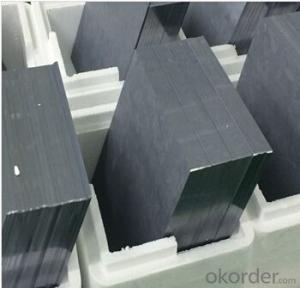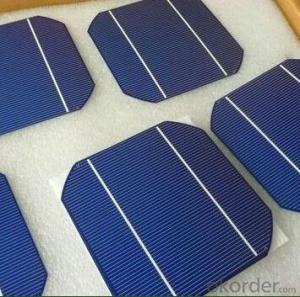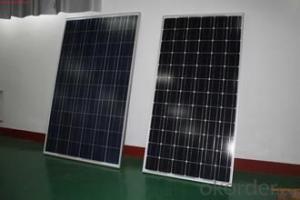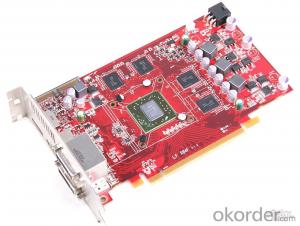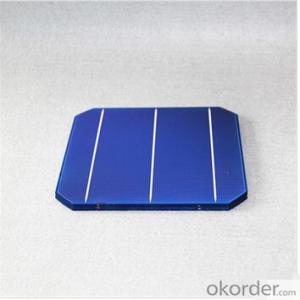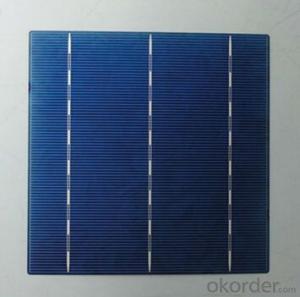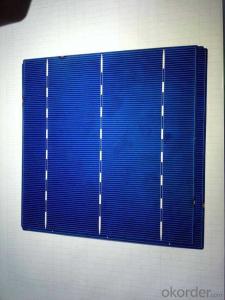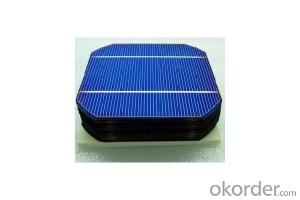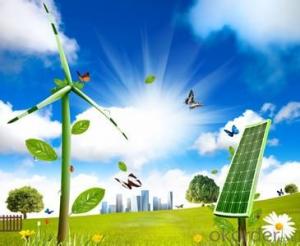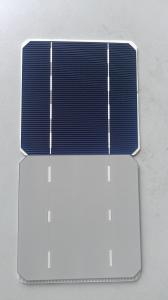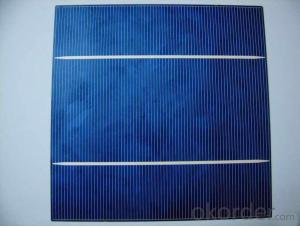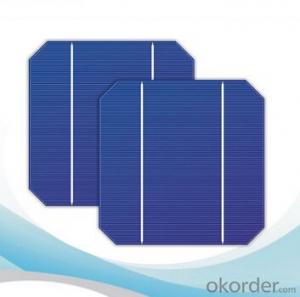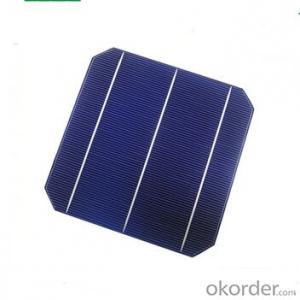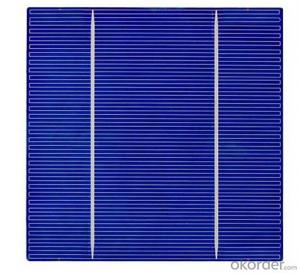Multilayer Solar Cells
Multilayer Solar Cells Related Searches
Multiband Solar Cells Multijunction Solar Cells Multi-Junction Solar Cells Multi Junction Solar Cells Photovoltaic Solar Cells High Temperature Solar Cells High Power Solar Cells Bifacial Solar Cells Large Solar Cells Low Light Solar Cells High Performance Solar Cells Satellite Solar Cells High Efficiency Solar Cells High Quality Solar Cells Better Solar Cells High Output Solar Cells Bulk Solar Cells Mj Solar Cells Folding Solar Cells Polymer Based Solar Cells Solar Cell Module Polymer Solar Cells Foldable Solar Cells Lightweight Solar Cells Floating Solar Cells Chipped Solar Cells High Wattage Solar Cells Full Spectrum Solar Cells High Voltage Solar Cells Plant Based Solar CellsMultilayer Solar Cells Supplier & Manufacturer from China
Multilayer Solar Cells are advanced photovoltaic products that integrate multiple layers of materials to enhance the efficiency of converting sunlight into electricity. These cells utilize a combination of semiconductor materials, such as amorphous silicon, microcrystalline silicon, and other thin-film technologies, to capture a broader spectrum of light and improve energy generation. The result is a more efficient and cost-effective solar solution that can be tailored to various applications.Multilayer Solar Cells are widely used in residential, commercial, and industrial settings, where they provide a reliable source of clean energy. They are particularly beneficial in areas with limited space or where high energy output is required. These cells can be installed on rooftops, integrated into building facades, or used in large-scale solar farms, making them a versatile choice for a range of energy needs. Their ability to generate power even in low-light conditions and their resistance to high temperatures make them suitable for diverse climates and environments.
Okorder.com is a leading wholesale supplier of Multilayer Solar Cells, offering a vast inventory to cater to the growing demand for this innovative technology. With a commitment to quality and customer satisfaction, Okorder.com ensures that their Multilayer Solar Cells meet the highest industry standards. Their extensive stock allows for quick turnaround times and competitive pricing, making them a preferred choice for businesses and individuals looking to invest in sustainable energy solutions.
Hot Products
